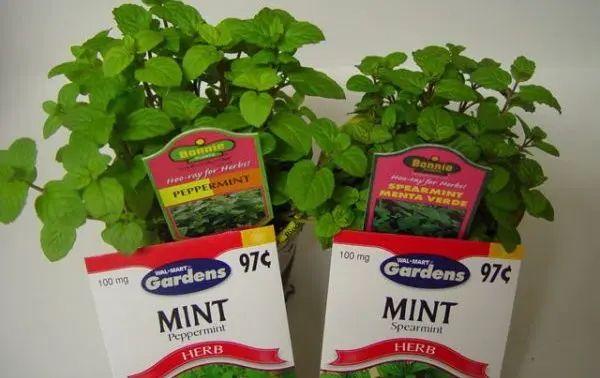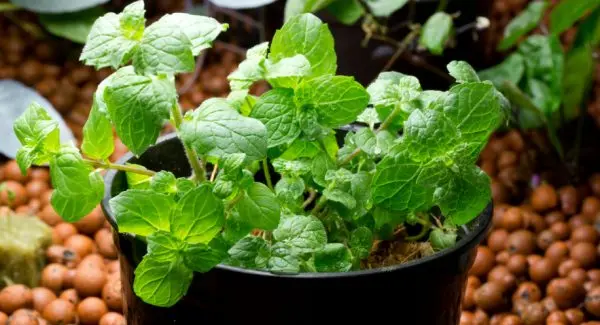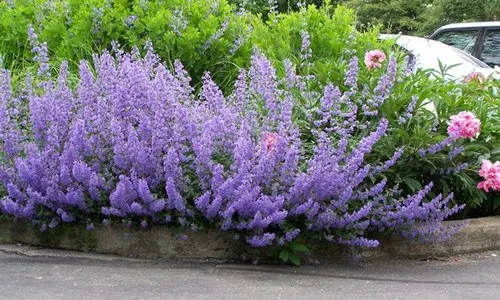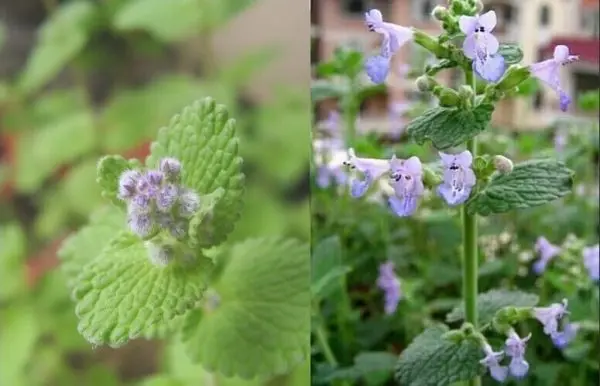Contents


Mint is an amazing plant, widely known to flower growers and summer residents due to its unique aroma and high menthol content. It can be used in cooking, aromatherapy, folk medicine, in everyday life. Those who wish can grow it even on the windowsill, even in the country, especially since there are enough tips on the Internet on how to plant mint, how to care for it, when and how to collect it.
Species of mint
The botanical genus Mint belongs to the Lamiaceae family and includes about twenty-five species and several hybrids. The most common and, accordingly, well-known and in demand are peppermint, Japanese mint, water mint, marsh mint, meadow mint, fragrant mint. But the well-known lemon mint, also known as lemon balm, belongs to a different genus, although of the same family. Catnip, also known as catnip, again belongs to another genus of the same family. And the same can be said about wild mint, oregano.

Accordingly, speaking about the cultivation of this plant in the country, first of all, they mean peppermint and its variety – menthol mint. These two species differ in appearance and shades of aroma – the ratio of bitterness and specific mint “chill”. But both can be planted both in open ground and in boxes.
How to plant
You can plant mint with rhizomatous cuttings, seeds and seedlings. Propagation by seeds is considered to be difficult for beginners. In fact, planting is similar to planting any other greenery and the most important thing in this process is the quality of the seeds. When purchasing seeds from a store, it is important to make sure they are fresh. Mint seeds are very small and are planted in bulk.

You can plant this grass in the spring, in late April-early May. Additional plantings can be made at the end of summer. Mint is undemanding to the soil, but does not grow very well in dense, overly moist beds. When planting directly in the ground, you need to make grooves with a depth of no more than 1 cm (optimally – half a centimeter), water them, cover the seeds and sprinkle them with earth.
You can choose a compromise option – sow seeds not in the ground, but in pots, grow seedlings and plant them in the country. You can sow seeds for seedlings in February. To do this, shallow boxes are filled with nutritious light soil mixed with peat, watered and scattered seeds over the surface, slightly pressing them to the soil. After that, the box must be covered with a film (but loosely so that ventilation is maintained) and placed in a lighted place, but not on the windowsill.

Very small sprouts appear after twelve to fourteen days, after which the boxes can be put on the windowsill for hardening, but removed at night. After about two months, full-fledged bushes grow, which can be transferred to the garden. The advantage of growing mint from seed is that these plants will produce tender, young greens. When propagated by cuttings and shoots, the stems will be stronger, but at the same time more coarse, suitable for drying rather than for direct use.
Video “Recommendations for gardeners”
Informative video with useful tips for gardeners.
Care and growing conditions
Mint is a perennial plant, which means that the place for planting must be chosen carefully, taking into account the fact that in the next three to five years you will not plant any other plants in this place. At the same time, it is better to change the planting site for the fourth, maximum for the fifth year, otherwise the aroma of the plant will become poorer from season to season.
In general, mint is unpretentious to planting conditions, tolerates almost any soil well, and can grow under trees or shrubs. Any vegetables can be its predecessor, and after it, potatoes or onions can be planted in this area. Mint does not require specific fertilizers, and it can be planted in soil fertilized during autumn digging. Of course, the ideal habitat for her would be fertile and loose soil with regular watering. On calcareous soils mint loses its aroma. It practically does not grow on waterlogged soils.

If your dacha has excess moisture, then the mint beds should be raised above the ground for better drainage. In dry places, the beds, on the contrary, are deepened into the ground. Mint is very fond of sunlight, but not direct, but rather, partial shade. When planting, it should be borne in mind that the root system of this plant is a creeping rhizome that grows strongly and can shoot anywhere. To limit these shoots, strips of iron or slate are buried in the beds with mint.
Mint must be watered, loosened and, if necessary, mulch the soil, weed weeds. It is recommended to pinch the top of the stems so that the plant gives a lot of side shoots. Harvest from mint this year of planting can be harvested after two months, and in the second and subsequent years – after the appearance of the fourth or fifth leaf on the branches.

Landings need to be covered for the winter. It can be spruce branches, straw, rotted manure. Due to the specific sharp aroma, mint does not suffer too much from garden pests, but nevertheless, it also has enemies: mint flea, mint leaf beetle, powdery mildew, mint rust, and so on. The most general recommendation for protection is regular weeding, removal of diseased plants along with rhizomes, moderate (not excessive) watering. Also – measures against specific types of pests, for example, from a mint flea, you can water the garden bed with a solution of karbofos. This is done in August, after the pupation of pests and after harvesting from the garden.
How to collect mint
Greens are cut as needed. To keep it fresh, it is kept wrapped in damp linen or refrigerated in airtight packaging. The collection of mint for drying is carried out on the eve of flowering or at the very beginning – it is then that the maximum of fragrant substances accumulates in the aerial part of the plant. Collection is carried out in dry, but cloudy weather. In any case, before harvesting, you must make sure that there is no dew on the leaves. You can collect mint two or even three times per season, but after each collection, the bed needs to be watered abundantly.

The stems are cut and dried in the shade, hanging bunches with inflorescences down. Leaves and inflorescences are valued as raw materials, which are cut off from dried stems and stored in a tightly closed container, in a cool, dry, dark place. The maximum storage period is no more than two years. Mint is an almost universal culinary spice. In dry or fresh form, it is added to cocktails, tea, soups, marinades, salads, meat, fish and legume dishes. In addition, the aroma of mint soothes and relaxes.
Video “What sprouts look like”
Demonstrative video.









